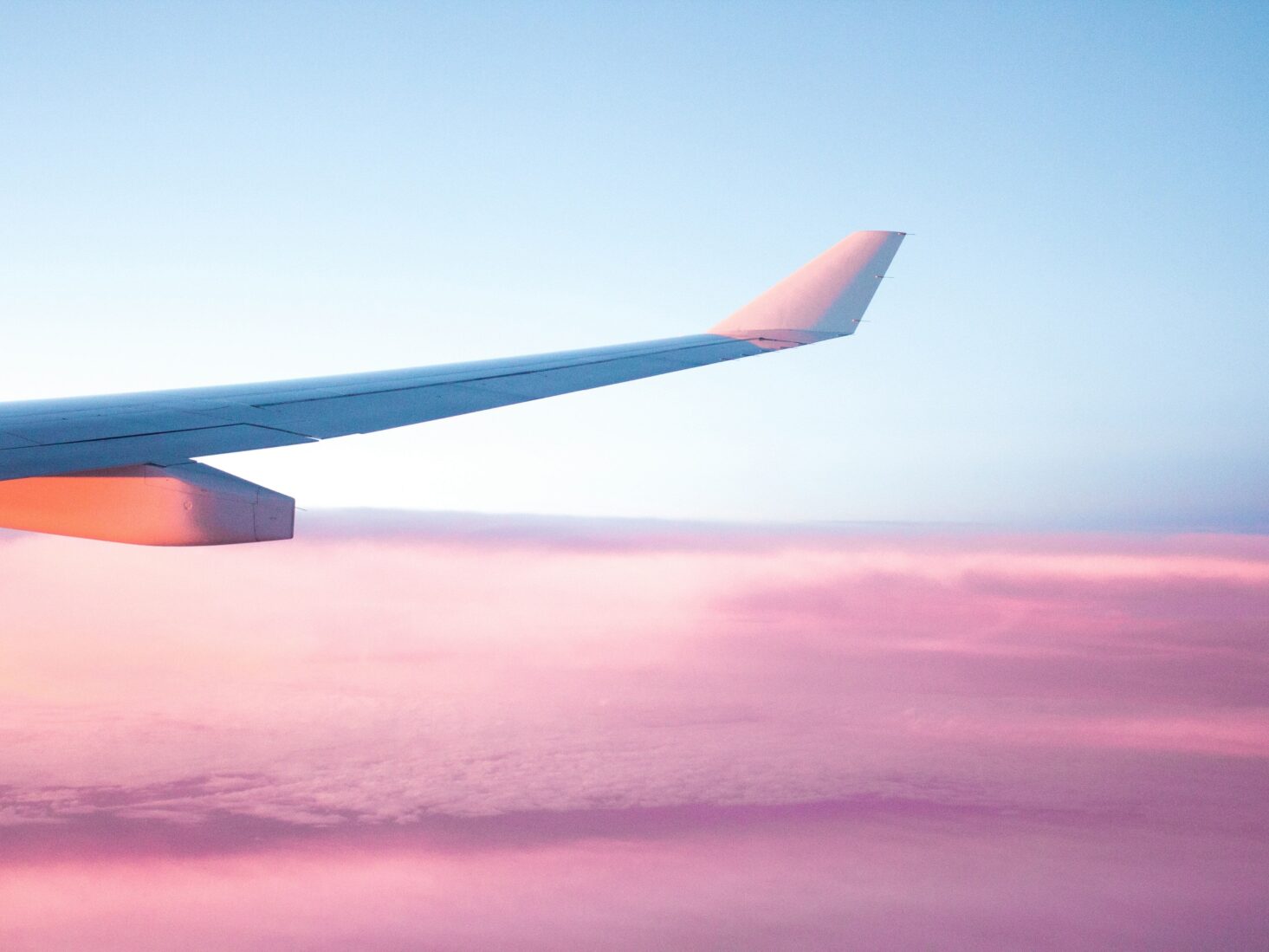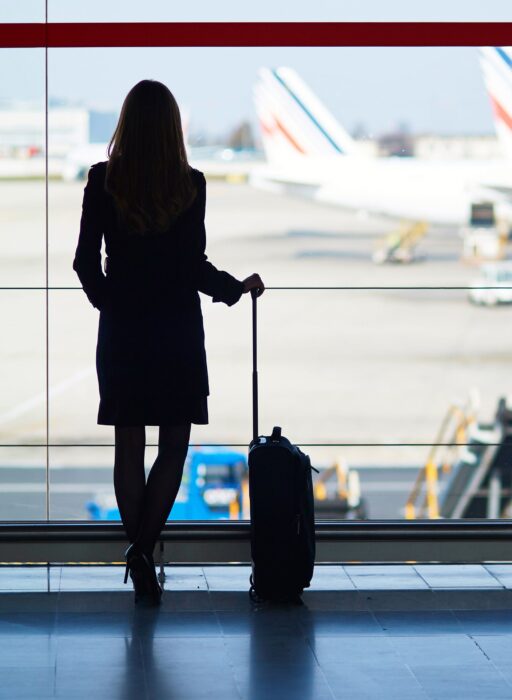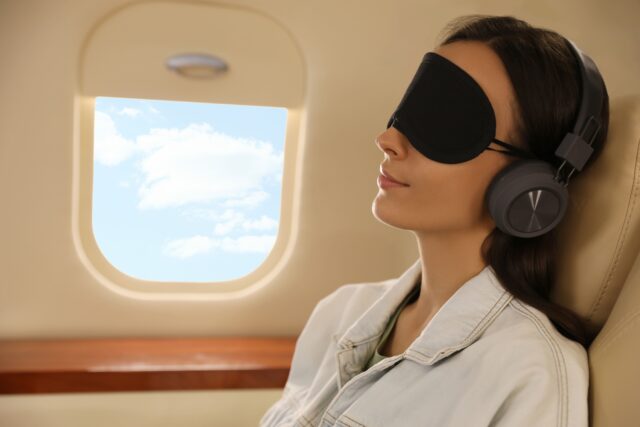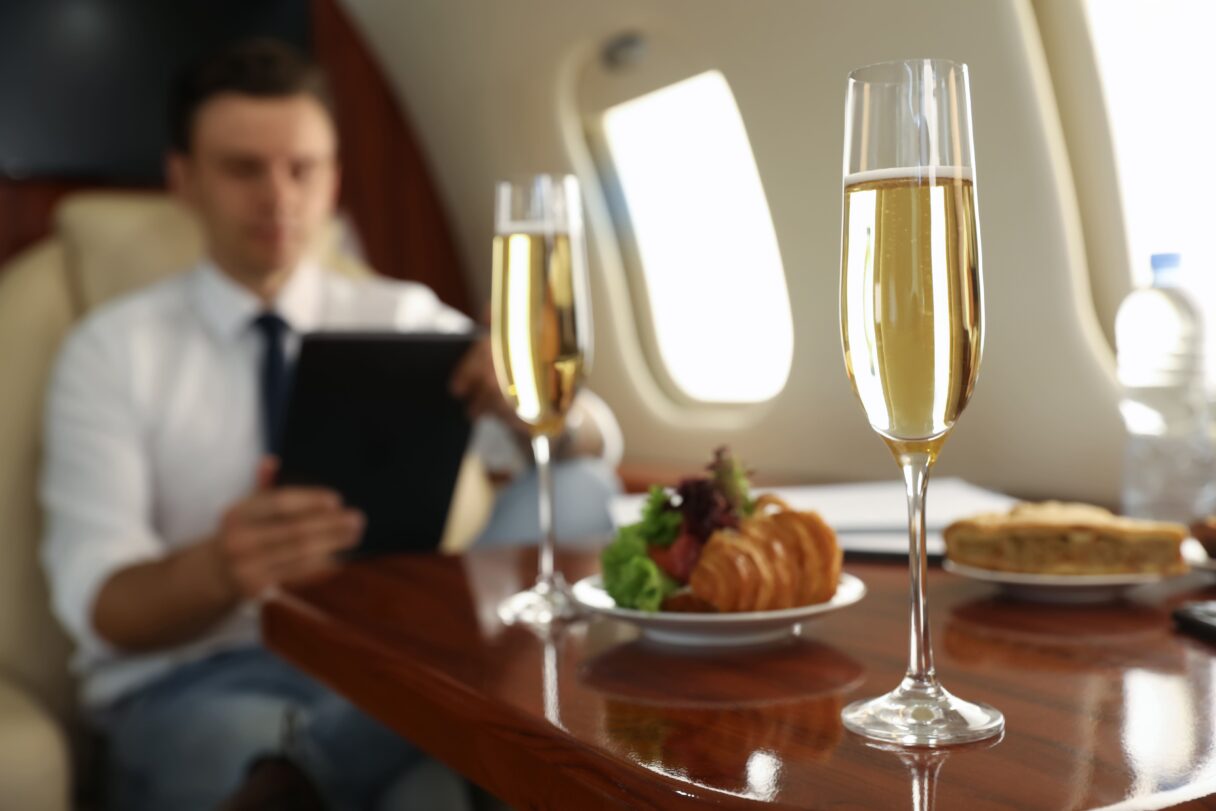
The long-haul flight health guide: Expert tips for feeling your best in the air
While the final destination often makes up for it, long-haul flights can have an impact on our physical and mental health. Here’s how to feel on top of the world, according to experts
While the pain of a long-haul flight is quickly eased by the final destination, sunnier climes and tropical havens, such as Thailand, Indonesia, Australia and New Zealand, can require up to 24 hours in the air. And while luxurious airlines have done their best to make endless hours in a cabin seat as comfortable as possible, there’s no denying that travelling long-haul can put a lot of stress and pressure on the human body – but why?
Spending an extended period in any confined space is never going to be ideal, but an aeroplane cabin’s lack of fresh air, humidity and pressure – the cruising altitude for commercial planes typically ranges between 30,000 and 42,000 feet – can impact brain function, hydration levels and blood circulation. To get the full lowdown, as well as top tips on how to help our bodies acclimatise, we asked Carolina Goncalves, health expert and superintendent pharmacist at online pharmacy Pharmica, for her dos and don’ts on movement, eating and drinking on board. Here’s the expert’s guide to long-haul flight health.


Images: Shutterstock
The low humidity levels within the cabin can lead to dehydration, causing dry skin, eyes, and mucous membranes, as well as increasing the risk of headaches and fatigue. Prolonged sitting reduces blood circulation, heightening the risk of deep vein thrombosis (DVT), a condition where blood clots form in the veins, usually in the legs, which can be dangerous if they travel to the lungs.
Additionally, crossing multiple time zones disrupts the body’s circadian rhythm, resulting in jet lag, which manifests as sleep disturbances, fatigue, irritability, and digestive problems as the body adjusts to the new time zone. If you are experiencing jet lag, it’s advisable to consult a healthcare professional to determine if melatonin is appropriate for you. Melatonin can help reduce the symptoms of jet lag and assist your body clock in adjusting more quickly to the new time zone.
Deep vein thrombosis (DVT) can occur in some people on flights due to several factors associated with prolonged periods of immobility and other conditions that affect blood circulation, such as varicose veins, peripheral artery disease, and clotting disorders like thrombophilia.
Prolonged immobility, particularly in cramped conditions like those on an aeroplane, can reduce blood flow in the legs, leading to stagnation and an increased risk of clot formation. The pressure exerted on the veins by the seat can compress blood vessels, further slowing circulation and contributing to clot formation, while the low humidity levels in aeroplane cabins can cause dehydration, thickening the blood and therefore making clot formation more likely. Reduced cabin pressure at high altitudes can also cause slight changes in blood circulation, contributing to the risk of developing DVT.
Certain individuals are at a higher risk of DVT due to factors such as age, obesity, pregnancy, use of hormonal contraceptives or hormone replacement therapy, a personal or family history of blood clots, and certain medical conditions like cancer or clotting disorders. Regular movement is essential to keep the blood flowing and reduce the risk of clot formation, so take preventive measures during long flights, such as staying hydrated, performing leg exercises, wearing compression stockings, and moving around the cabin periodically.
To feel their best on flights, individuals should prioritise consuming light, nutritious, and easily digestible foods that maintain energy levels, hydration, and overall comfort. I advise consuming hydrating foods like water-rich fruits( such as oranges, watermelon, strawberries, and grapes) and vegetables (like carrot sticks, cucumber slices, and celery sticks) to keep hydrated and provide essential vitamins.
Lean proteins, such as grilled chicken breast, turkey slices, and Greek yoghurt, offer protein and probiotics for sustained energy and digestion. Wholegrains, including wholegrain sandwiches and oats or porridge with fruit, are filling and nutritious options. Incorporating healthy fats from nuts, seeds, and avocado can help you feel full for longer without the heaviness. Light snacks, like wholegrain crackers with hummus and rice cakes with almond butter, are satisfying and easy on the stomach too.
It is also crucial to avoid high-sodium, greasy, and sugary foods that can lead to dehydration, bloating, and energy crashes. By making these mindful choices, passengers can maintain their energy levels, avoid digestive discomfort, and feel more refreshed and comfortable during and after their flight.
I recommend prioritising water, aiming for at least one cup every hour to counteract the dehydrating effects of the dry cabin air. Herbal teas, such as chamomile, peppermint, or ginger, can be soothing and aid digestion. Drinks with electrolytes, like coconut water, help maintain electrolyte balance and hydration, and while 100 per cent fruit juices provide vitamins and hydration, they should be consumed in moderation due to their natural sugar content.
Avoid alcoholic beverages as they can be dehydrating and disrupt sleep patterns, increasing the risk of jet lag and overall discomfort. Caffeinated drinks, including coffee, energy drinks, and certain fizzy drinks, can lead to dehydration and sleep disruption too, making it harder to rest during the flight. Carbonated drinks may cause bloating and gastrointestinal discomfort due to gas building up in the stomach.

There are a number of simple exercises most individuals would be able to do during a flight to improve circulation, many of which can be done while sitting in your seat. These include rotating your ankles in a circle by lifting your feet off the floor and drawing circles with your toes to loosen the ankles. Once you’ve completed three clockwise movements, switch to counter-clockwise movements and repeat.
Take off your shoes, place your feet flat on the floor, and slowly lift your heels, keeping your toes on the floor before returning your feet to a flat position. After this, keep your heel on the floor and lift your toes as much as you can. Repeating this movement can stimulate blood flow in your legs and feet.
Roll your shoulders forward and backwards in a circular motion, pausing to hold them in a shrugged position periodically. This will help reduce tension in the shoulders and neck area, often caused by prolonged periods in a seated position. Also, gently rotate your neck and tilt it from side to side to ease neck stiffness. Be sure to do this slowly to avoid feeling dizzy.
It is important to stay hydrated to regulate body temperature and keep joints lubricated. I recommend avoiding alcohol as soon as you land, as alcohol is a diuretic, meaning it causes your body to remove fluids at a much quicker rate through the renal system.
Secondly, it is important to move and stretch as much as you can to prevent muscle stiffness and soreness. Moving around and stretching will also improve blood circulation, reducing the risk of clotting and helping to deliver oxygen and nutrients to tissues.
Finally, I recommend getting some rest when arriving at your destination. Rest is vital for the body to recover from the physical strain of travel, reducing fatigue and restoring energy levels. It helps in adjusting to any time zone changes, reducing the effects of jet lag. Sleep also supports the immune system, which can be weakened by the stress of flying, and promotes overall well-being.
Read more: Ritz Carlton Koh Samui: An underrated island paradise in the heart of southern Thailand






